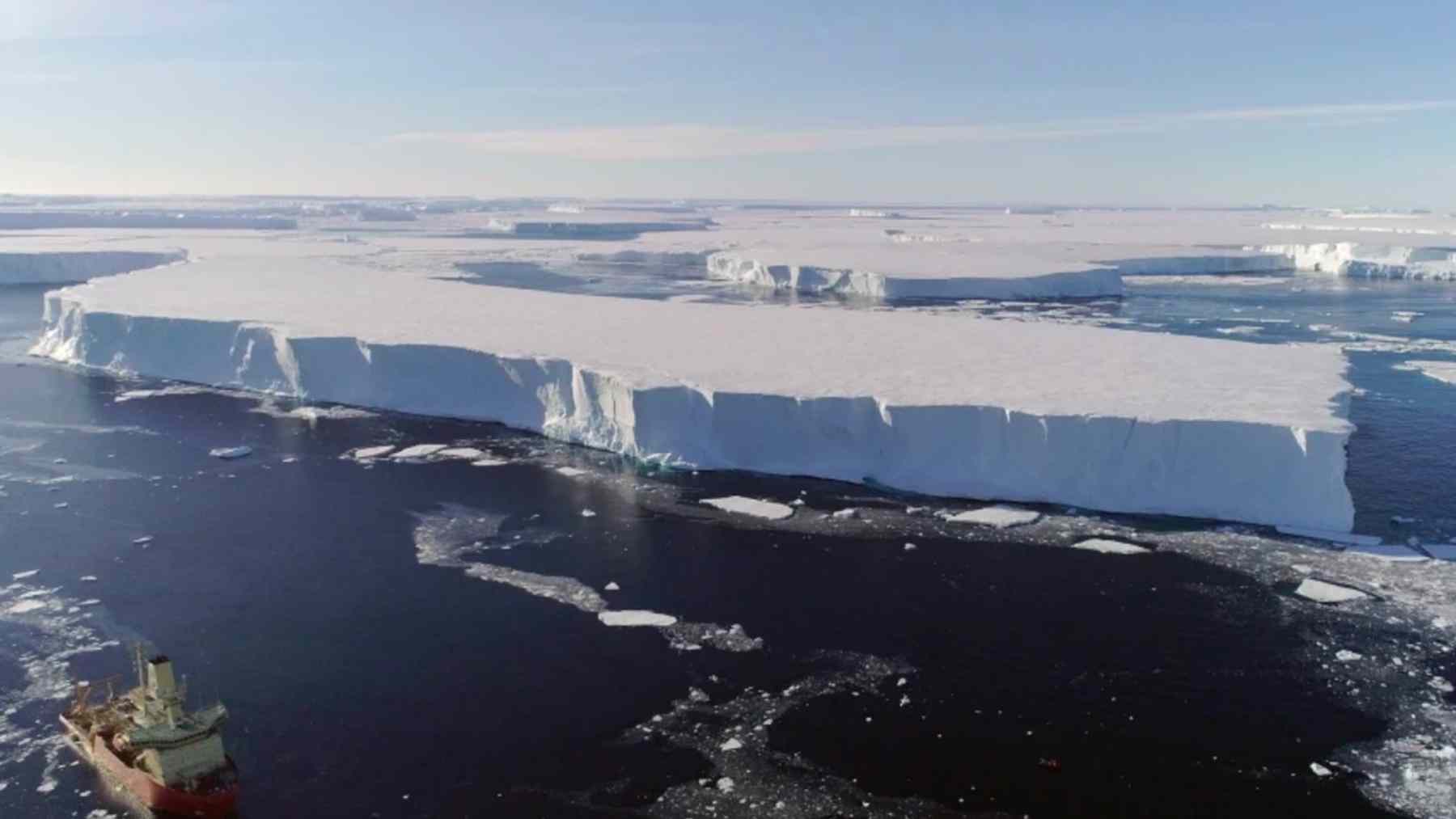For a long time, our energy came from underground in the form of coal, oil, and gas. But what if there was another hidden treasure, silently stored in the rocks for millions of years? Scientists have discovered something that could be one of the cleanest and most abundant fuels that we haven’t yet learned to harness on a large scale. The idea sounds futuristic, almost like science fiction, but it’s quickly gaining traction. Mining companies, leading universities, and even the U.S. Department of Energy are already looking into this possibility.
Beneath fossil lands: a hidden force rises to challenge the future of energy
When we think of energy, the image that comes to mind is almost always the same: massive oil rigs, wind turbines on the horizon, or vast solar fields in the desert. It’s very common to associate energy with rocks that spontaneously produce gas underground. And yet, this is exactly what happens when water reacts with iron-rich minerals at high temperatures.
This natural process generates so-called white hydrogen. Unlike the hydrogen we produce today, usually from natural gas (which still releases CO₂), white hydrogen forms naturally, without additional emissions. And here’s the twist: the region that may hide large reserves of this resource is not uncharted territory. On the contrary, it is a US state that has already built its identity around the export of fossil fuels. The same place that has been synonymous with oil for decades may be about to become the cradle of a much cleaner energy revolution.
Alaska’s next frontier: when fossil lands turn into a laboratory for cleaner energy
That state is Alaska. Known worldwide for its oil fields and the iconic Trans-Alaska Pipeline, it may now gain a new reputation: as the guardian of vast reserves of natural hydrogen. Recently, the Canadian company Granite Creek Copper announced studies on two projects in southeast Alaska to determine whether the region’s ultramafic rocks can be used for three purposes simultaneously:
- Produce hydrogen by injecting fluids into rocks.
- Extract critical metals such as nickel, copper, platinum, and palladium.
- Store carbon in the underground spaces left after exploration.
Granite Creek partnered with Cornell University, led by Professor Greeshma Gadikota, and received funding from the U.S. Department of Energy to evaluate the potential of these projects. This combination of mining, clean energy, and carbon capture could transform Alaska into a natural laboratory for the new hydrogen economy, just as is happening in Australia with this most futuristic form of hydrogen in history.
The race is on: a hidden “white gold” could rewrite the energy future
We must keep in mind that hydrogen has always been called “the fuel of the future”, but the future seemed distant. The problem lay in its cost and production method: so-called gray hydrogen, derived from natural gas, still emits CO₂; green hydrogen, produced by water electrolysis, is clean but expensive and energy-intensive. In other words, white hydrogen emerges as an intermediate solution: it’s already there, ready to be used. If sufficient reserves are available, the cost drops dramatically and the environmental impact is minimal. Some of its advantages are:
- Low carbon footprint, as it is generated naturally underground.
- Potential abundance, as geological processes continually produce it.
- Combined use, combining mining, clean energy, and carbon storage.
There’s still no proof that geological hydrogen can be extracted on a commercial scale. It will also be necessary to create transportation infrastructure, new regulatory standards, and viable business models. But the movement has already begun: conferences in Alaska and pilot projects funded by the U.S. government show that the race for “white gold” is officially on. In fact, volcanic white gold was recently discovered beneath this state.
Disclaimer: Our coverage of events affecting companies is purely informative and descriptive. Under no circumstances does it seek to promote an opinion or create a trend, nor can it be taken as investment advice or a recommendation of any kind.















